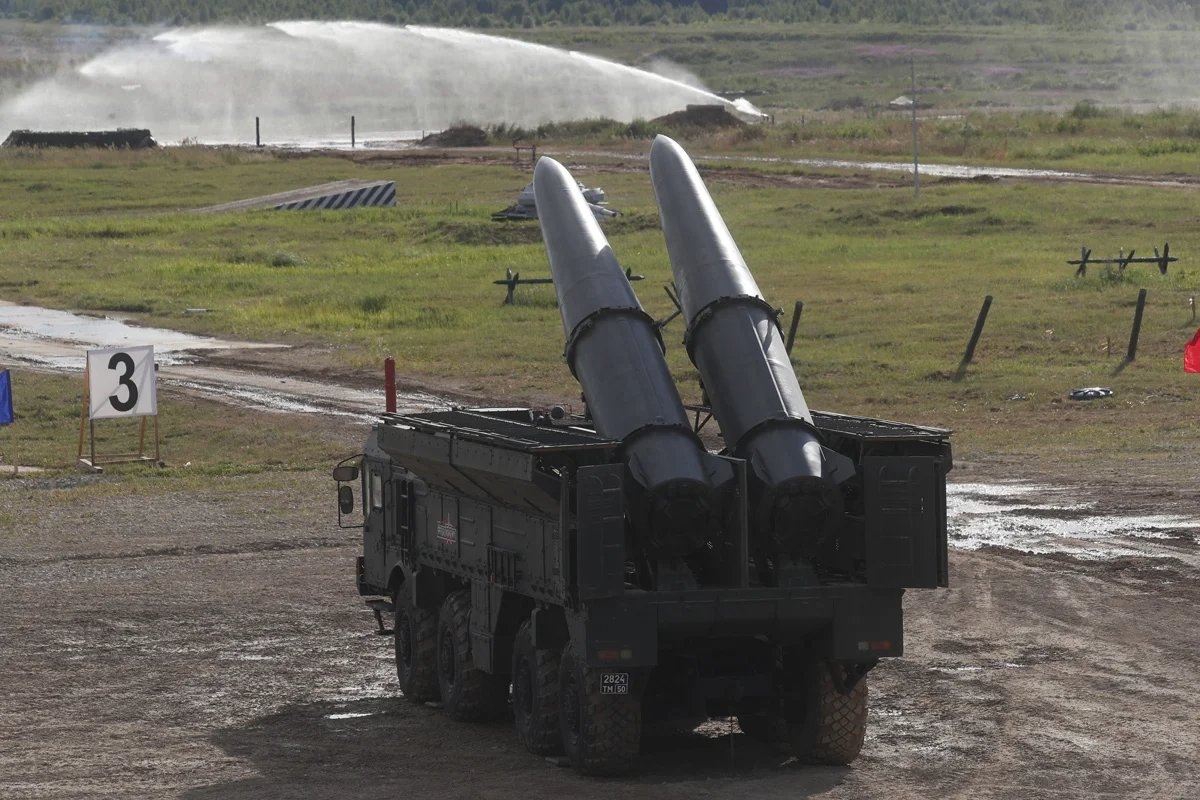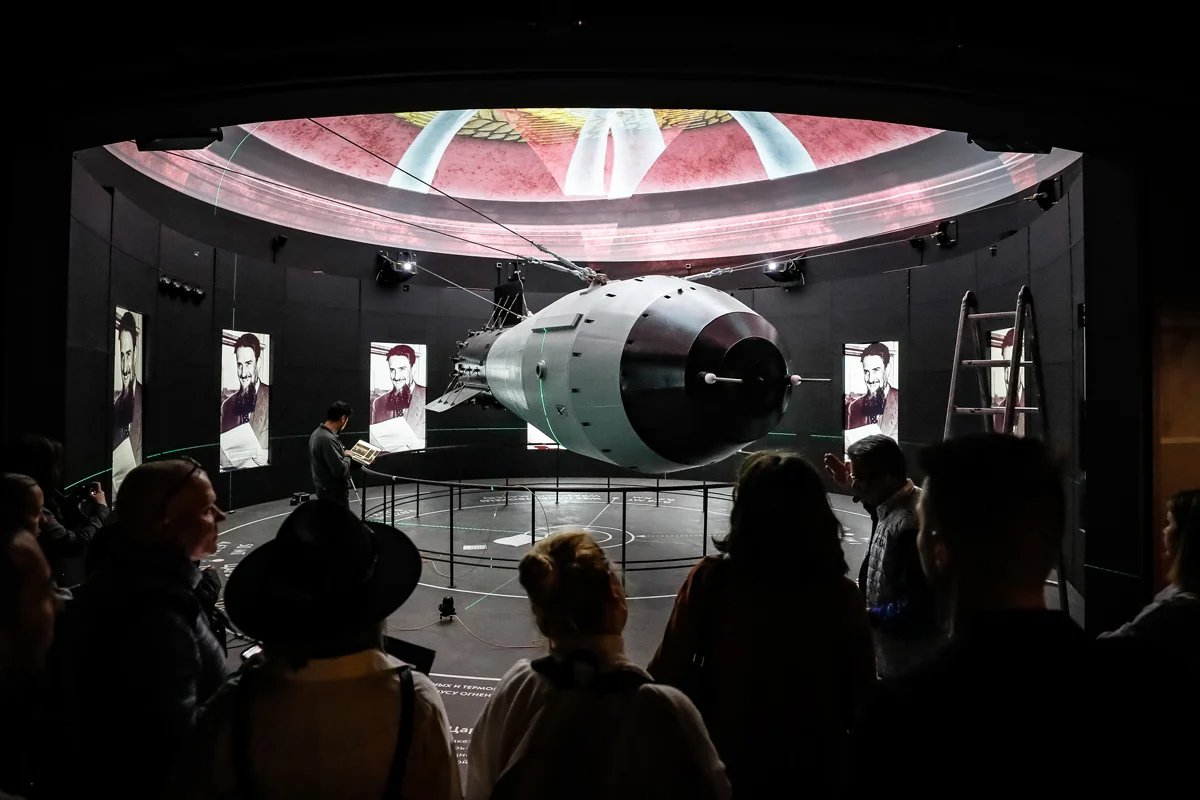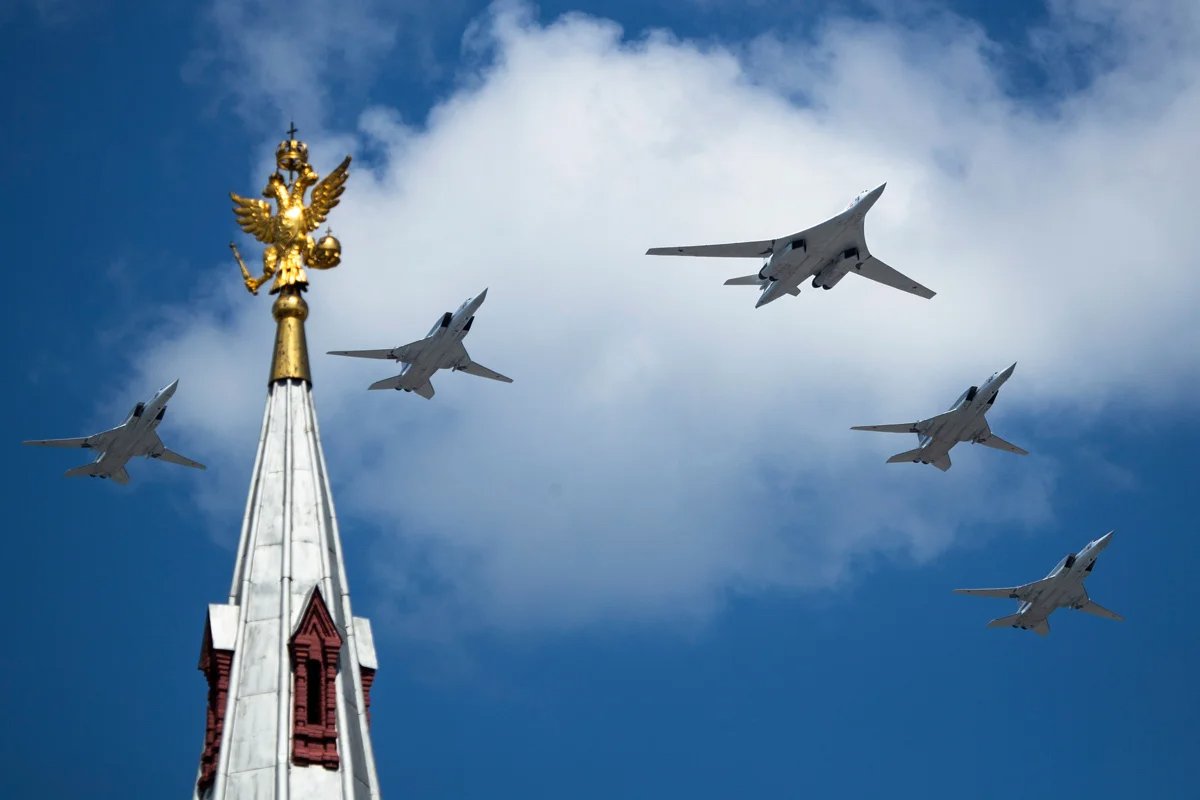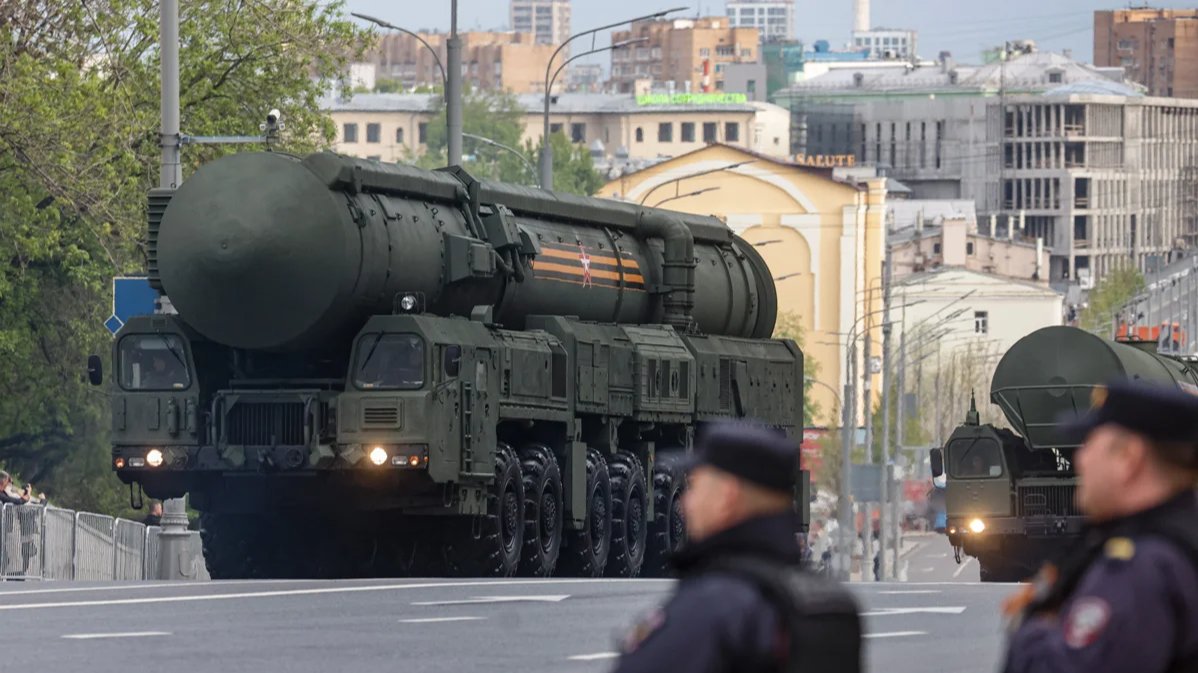Earlier this month, Russia’s Defence Ministry announced that it plans to carry out a series of exercises in its Southern Military District, which borders Ukraine. The manoeuvres, the ministry said, were a response to “provocative statements and threats by certain Western officials” and would include “practical work to prepare and use tactical nuclear weapons”.
Unlike strategic nuclear weapons, which are so powerful that their production is strictly controlled by various international agreements, tactical nuclear weapons have a shorter range and are far less powerful, and are designed to be used in theatre with allied forces in close proximity.
“There is no clear line between strategic and tactical nuclear weapons,” Pavel Podvig, a researcher at the United Nations Institute for Disarmament Research, told Novaya Europe. In general, intercontinental ballistic missiles, submarine-launched ballistic missiles, and long-range bombers are considered strategic nuclear weapons, while all other nuclear weapons are termed tactical.
A weapon of intimidation
“The first and most important job of any nuclear weapon is to intimidate the enemy,” military expert David Sharp told Novaya Europe, adding that Russia has long been using intimidation as a form of warfare in Ukraine. Western fears of escalation in the war have led the West both to limit the range of weapons it is prepared to provide to Kyiv and to prohibit the Armed Forces of Ukraine from deploying certain weapons against Russia at all.

A Russian Iskander-M mobile short-range ballistic missile launcher on show at the Moscow region’s Patriot Park, 25 June 2019. Photo: EPA-EFE/MAXIM SHIPENKOV
Despite repeated implicit and explicit threats by Moscow to use nuclear weapons in Ukraine, Sharp believes such a scenario is unlikely. “The Russian government would either have to completely lose its mind, or find itself in an utterly catastrophic situation where the horrific consequences of taking that step seem less dangerous to Putin than the other threats hanging over him.”
According to Pavel Luzin, a senior researcher at the Washington-based Centre for European Policy Analysis, Russia has conducted various military exercises which included the use of tactical nuclear weapons over the past 10 years. “Simply put, tactical nuclear weapons are designed to intimidate and demoralise those who Russia considers its external enemies,” Luzin said.
Perhaps unsurprisingly, many countries have reacted very negatively to Russian nuclear blackmail, which has been called out not only by the West, but also by Moscow’s effective allies India and China, both of whom have deemed Russia’s nuclear sabre-rattling unacceptable.
Sharp believes it a possibility that Russia might detonate a bomb with a tactical nuclear warhead over Ukrainian territorial waters in the Black Sea, as a means to demonstrate how serious it is about its nuclear brinkmanship.
This criticism by the country’s nominal partners has led Russian politicians to walk back the comments, stressing that Russia would only use nuclear weapons if military aggression by an enemy threatened its very existence. That assurance arguably contradicts Russian propagandist narratives that have been pushed since the war in Ukraine began, however.
“Russia has said since day one that the most severe measures would be taken against anyone that tried to stand in its way,” Podvig said, noting that were NATO troops to enter the war in Ukraine, they could become targets for Russian tactical nuclear weapons.
Indeed, Russian intimidation may actually already have had an effect, if Germany’s decision earlier this year not to supply TAURUS missiles to Ukraine is anything to go by.

A scale model of the Tsar Bomba, the most powerful nuclear weapon ever created and tested, at Moscow’s All-Russian Exhibition Centre, 26 October 2023. Photo: EPA-EFE/YURI KOCHETKOV
Echoes of the Cold War
Tactical nuclear weapons were developed in the early decades of the Cold War, when the US was able to build up a large arsenal in a relatively short time. By the end of the 1980s, as well as the 11,000 strategic nuclear weapons the US and the USSR had each stockpiled, the US had between 7,000–8,000 tactical warheads, while the Soviet Union had 15,000–17,000, according to the Moscow-based Centre for Military and Political Studies.
In the absence of any concrete data, Western intelligence agencies estimate that Russia has some 1,000 tactical warheads at its disposal today, which were predominantly designed for use with Tupolev Tu-22M supersonic bombers, 9K720 Iskander short-range ballistic missile systems, nuclear submarines, and, in some cases, Sukhoi Su-34 medium-range supersonic bombers.
Podvig envisages Russia’s forthcoming military exercises to involve the Strategic Rocket Forces, the Air Force and the Navy deploying Iskander missiles and air-launched and nuclear-modified Novator Kalibr missiles, nuclear torpedoes and air-to-air missiles. While nuclear weapons will not be detonated during the exercises, Podvig hastened to add, the protocol for their deployment will be practised.
Unlikely, but not impossible
Before any deployment of Russian tactical nuclear weapons in a battlefield scenario, they would first be tested as a demonstration of strength, according to Podvig. That alone would represent a new form of nuclear blackmail and a significant escalation on Russia’s part as no such tests have been conducted since 1996, Podvig added.
Sharp believes it a possibility that Russia might detonate a bomb with a tactical nuclear warhead over Ukrainian territorial waters in the Black Sea, as a means to demonstrate how serious it is about its nuclear brinkmanship.

Russian Air Force strategic bombers fly over Moscow’s Red Square to mark the 75th anniversary of Soviet victory in World War II, 24 June 2020. Photo: EPA-EFE/PAVEL GOLOVKIN / POOL
However unlikely it might be, should Russia decide to strike Ukraine itself with tactical nuclear weapons, it would potentially mean the destruction of a significant proportion of Ukrainian manpower, military facilities and hardware, Sharp added, which would have a massive psychological effect on the country, inevitably pushing Kyiv to change its strategy in the war.
“The probability of Russia using tactical nuclear weapons is not zero,” Luzin agreed, adding that ultimately, whether Moscow ever opted to deploy its vast tactical arsenal was entirely down to the dynamics of the military and political situation and the moral and intellectual state of the Russian leadership at the time. While that might not inspire a huge amount of confidence given the levels of morality currently being demonstrated by the Kremlin, Luzin concluded that it wasn’t worth panicking just yet.

